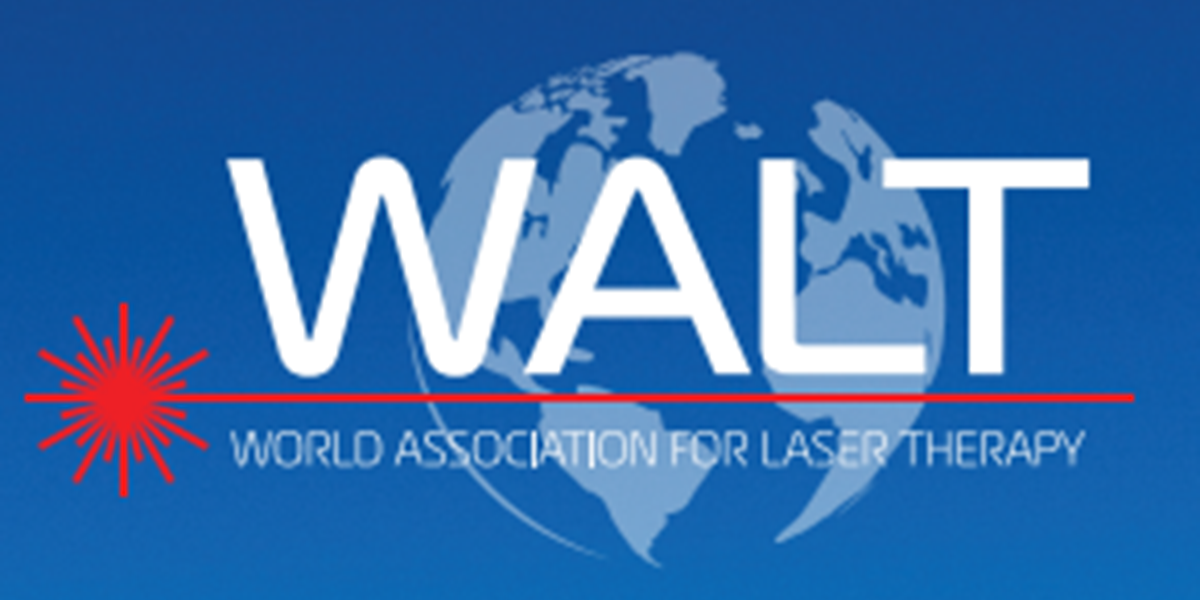Find out more about how this website uses cookies to enhance your browsing experience.
Comparison Of The Effectiveness Of Photobiomodulation (PBM) On Equine Muscle Soreness Between Class Iii And Iv Lasers And At High And Low Doses.

Ms. Lauren Hunt
Writtle University College, Veterinary Physiotherapy, Lordship Road, Writtle, CM1 3RR, Chelmsford, GB
1. Introduction and Hypothesis
PBM is an expanding field and recent human studies focus on its effects to reduce muscle soreness and delayed onsetmuscle soreness following exercise. From a previous systematic review, the author had no knowledge of such studies carried out in animals, specifically the equine species. This investigation aimed to compare two doses from Omega (3458, Essex, UK) Class III and a Celtics ASA Veterinary Orange Class IV (20987, Pembrokeshire, UK) devices to determine if PBM had any effect on equine exercise-induced muscle soreness (EIMS).
2. Methods
A randomised crossover Latin square design was used with five horses. Pressure algometry tested nociception of 5 points on both sides of the horse located across the biceps brachii, longissimus dorsi, and gluteus medius muscles. A baseline reading was taken prior to an underwater treadmill session as a controlled exercise protocol (CEP), 20 minutes with water to the level of the lateral styloid process. Treatment groups received laser intervention immediately before CEP whilst the control group received sham laser. A further four days of data collection followed the exercise day with recordings taken at the same time. A 2-week washout period was implemented between treatments. A cluster probe (5 diodes) was used for the class III, and a single diode for the class IV, both in direct contact application. The class III used 820nm, 0.125cm2, 200mw (total 1W), 250W/cm2, 1000Hz at a low dose ([CL3_L] 8J, 25s, 40J/cm2) and high dose ([CL3_H] 24J, 75s, 120J/cm2). The class IV used 808±5nm and 905±7nm, 3cm2, 1.2W, 600W/cm2, 1000Hz, 75% intensity at a low dose ([CL4_L] 8J, 17s, 2.61J/cm2) and high dose ([CL4_H] 24J, 50s, 7.69 J/cm2). Device parameters were obtained from the manufacturers and dosages calculated. A two-way repeated measures ANOVA was used to test the significance of treatments, with studentized residuals to check for outliers.
3. Results
Points 1, 2 and 3 (gluteus medius) showed a significant 2-way interaction between time and treatment, F (16, 464) 2.506, (p<.005). At 24 hours post-exercise, all doses improved compared to control, however, only CL4_L (p<.005) and CL4_H (p<.05) doses showed a positive significant difference. Furthermore, at 48 hours post-exercise only the CL4_H remained positively significant (p<.05) compared to control.
4. Conclusion
Overall PBM has shown possible inhibition of equine EIMS in the gluteal region, with both class IV doses showing significance. There is speculation from this study that different doses and devices may be required in different locations in order to provide optimum results. This follows patterns in human studies, who also found increased performance following PBM, but this was not measured in this study. There were limitations to this study as horse activity and coat colour varied (all had dark skin), with one horse clipped. No previous research of the effects of PBM on equine EIMS, dosages had to be speculated from human research, possibly affecting their efficacy. PBM could be a treatment to inhibit equine EIMS, but more studies on action and dosage parameters are required.